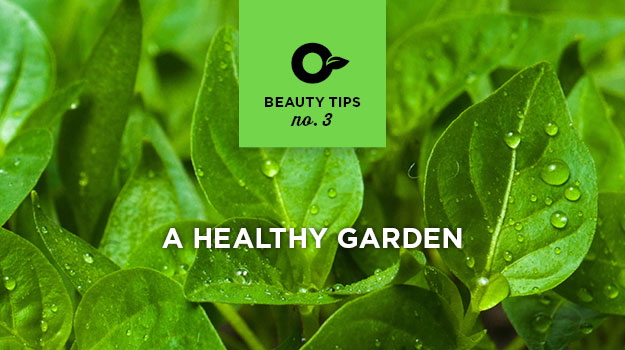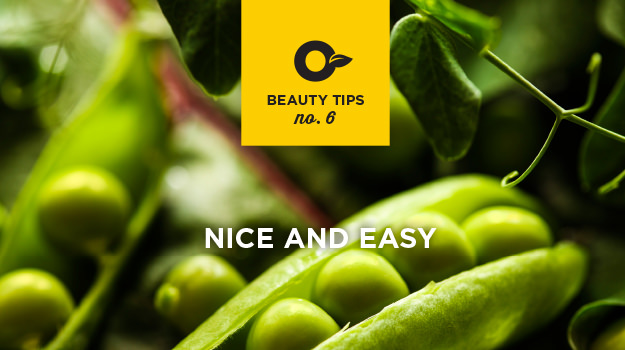
Garlic almost grows itself with very little assistance from you, but with a bit more effort, you can harvest mouthwatering, prize-winning, gourmet quality garlic. Here’s how.
Types of Garlic
Softneck garlic is best for warm climates with mild winters. It tends to be the easiest type to grow and produces more cloves per bulb. The main distinguishing factor is the flexible stem, which is easy to braid for storage.
Hardneck garlic, the type carried by most supermarkets, is suitable for cooler winters. It sends up a stiff, flowering stalk that produces little bulbits at the tip. Hardneck garlic has a milder flavor, but it’s nearly impossible to braid and doesn’t store well because it has fewer layers of protective, papery skin.
If you’re unsure which garlic to plant, keep in mind that local growers will probably carry the type most suitable for your climate. Or, you can always plant a few of each.
Start with Healthy Cloves
Start with the best seed cloves you can find, even if you have to pay a little more. Look for firm, disease-free, unblemished cloves.
Remember, the bigger the clove, the bigger the garlic. Large cloves are also most durable and better able to withstand poorly drained or cold soil.
If possible, purchase locally-grown cloves that are adapted to your climate. Don’t plant cloves from the grocery store, which be treated with a chemical that prevents sprouting.
Timing
Plant garlic in fall, four to six weeks before the first freeze. The goal is for roots to develop before the plant goes dormant in winter.
Preparing the Soil
Garlic likes nearly any loose, “fluffy,” well-drained soil. Dig in plenty of compost or well-rotted manure along with a small amount of general-purpose fertilizer. Work the ground well.
Mulch, Mulch, Mulch
In most climates, a healthy layer of organic mulch like straw, loose bark or compost applied soon after planting will protect the roots from repeated freeze-thaws in winter.
Remove mulch when you see healthy growth in spring, but leave a thin layer to conserve water and keep weeds in check. Forego mulch entirely if your climate is damp or it’s rainier than usual, as mulch may promote rot.
Spacing, Watering and More
- To grow large garlic, allow 6 to 8 inches (15-20 cm.) between bulbs and 15 to 18 inches (38-45 cm.) between rows.
- Garlic performs best in uniformly moist soil: Garlic stressed by dry soil produces smaller bulbs, but overwatered garlic doesn’t keep well. Feel free to water whenever the top of the soil feels slightly dry.
- Stop watering entirely a few weeks before harvest, generally in mid- to late June when the tops begin to fall over.
- Fertilize garlic when the weather warms in spring and again about a month later, using any general-purpose dry or water-soluble fertilizer.
- Garlic can’t compete with weeds, so keep them under tight control. If you use a hoe, be careful not to damage the bulbs.
- To prevent disease, pick a new planting spot annually. Don’t plant garlic where onions, chives or other allium plants have grown in the past year.



